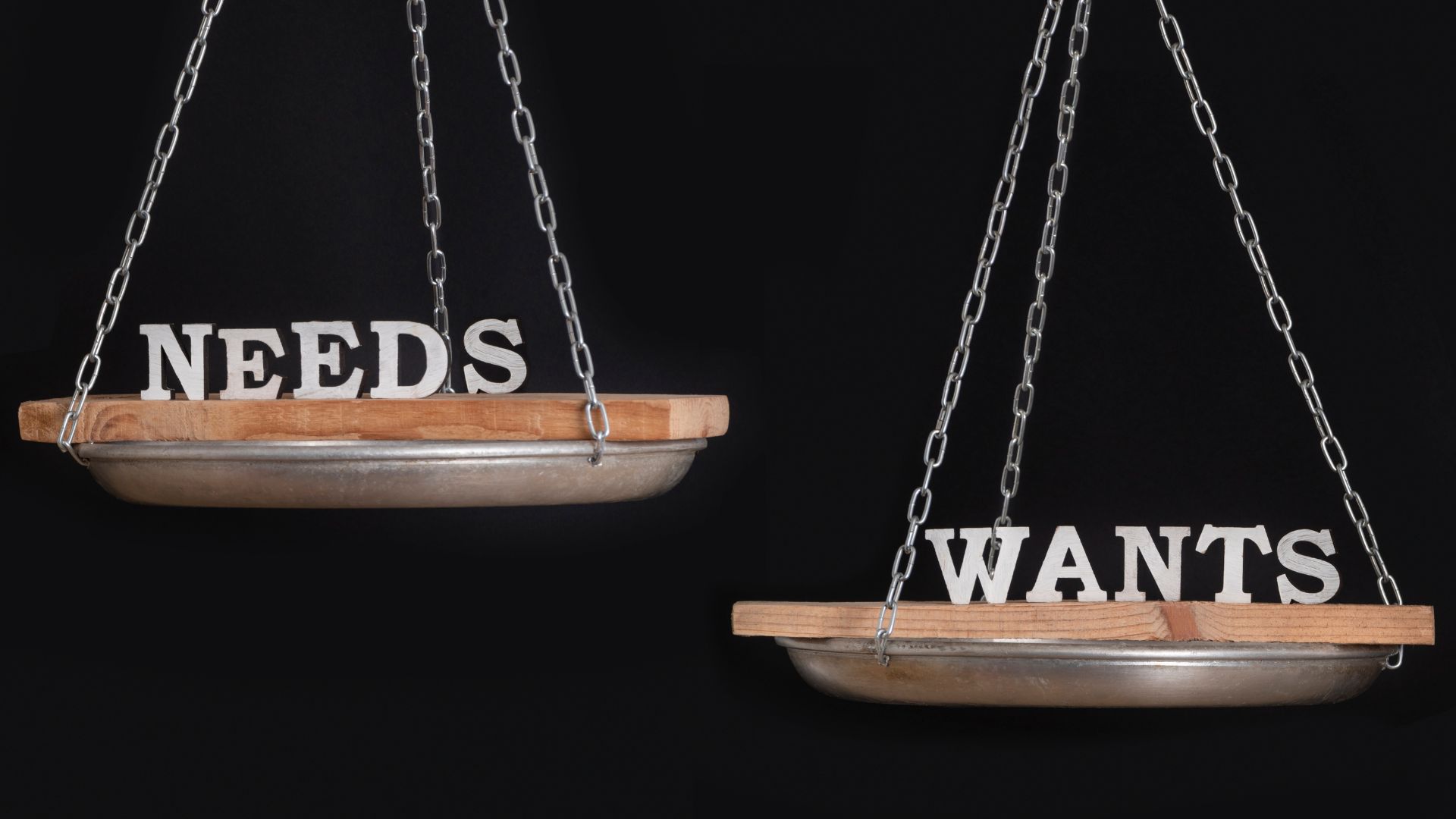But, how do you do this?
It can be overwhelming at first if you’ve never taken a close look at your expenses. In this blog, we will go over it step-by-step with a little mnemonic device to make it easy to remember.
We present the TPR (Track, Prioritize, Reevaluate) of Budgeting!

Track your expenses
Before you do anything, you need to start tracking where your money is going. This will help to become aware of where your money is currently going and inform what you do with your money moving forward.
Record spending
- Using a spreadsheet or a budgeting app (You Need a Budget (YNAB) and Monarch Money are great!), start tracking where every single dollar is going every month. This includes fixed expenses like rent/mortgage and variable expenses such as groceries and gas.
Categorize expenses
- Divide your expenses into categories such as housing, food, utilities, savings, and discretionary spending. This will make it much easier to see patterns in where your money is going and areas where you might be overspending.
Analyze the data
- Look at your spending habits over several months. Are there any categories where you could cut back on spending? Are there any surprises you didn’t anticipate?

Prioritize your spending
Once you have a clear understanding of your expenses, the next step is to prioritize. If you’ve found an area where you are overspending, you can reallocate some of that money to reach a goal.
Identify your goals
- Are you trying to save up for a downpayment on a house? Are you trying to pay down debt? Now is the time to determine where to prioritize your money. Set some clear goals with specific deadlines to help keep you on track.
Needs versus wants
- Determine your needs versus wants. Obviously, food, housing, utilities, and healthcare are necessary expenditures. Your wants such as travel, dining out, and entertainment can give you some wiggle room in your budget. This doesn’t mean you can’t enjoy life, though! But, being mindful of your needs versus wants can help you to redirect money towards your goals.
Cut unnecessary spending
-
Look for areas where you can cut back. For instance, if you find you’re spending $300 a month on DoorDash, consider cooking at home more often. Small changes can add up and make a big difference over time.

Reevaluate regularly
A budget isn’t just something you set and forget. Your finances will change over time. Your expenses will change and your income will hopefully increase. This is why it’s important to check in regularly to ensure that your money is going where you want and that you are not falling back into old spending habits.
Regular check-ins
- Set aside some time every few months to review your budget. Has your spending changed? Are you sticking to your plan and working towards your goals?
Adjust as needed
- Life changes – a new job, a move, an unexpected expense. When these changes occur, adjust your budget accordingly. For example, if you receive a raise, decide how much of that extra income will go towards savings, investments, or paying off debt.
Stay flexible
- Being flexible with your budget is key. Change is inevitable, so you need to be ready to adapt to any financial situation.
Budgeting doesn’t have to be a daunting task. By following the TPR method, you can achieve greater financial stability and peace of mind. As veterinary professionals, we care for our patients with diligence and compassion. We owe it to ourselves to manage our finances with the same level of commitment.
Meredith Jones, DVM, CSLP®, AFC®

